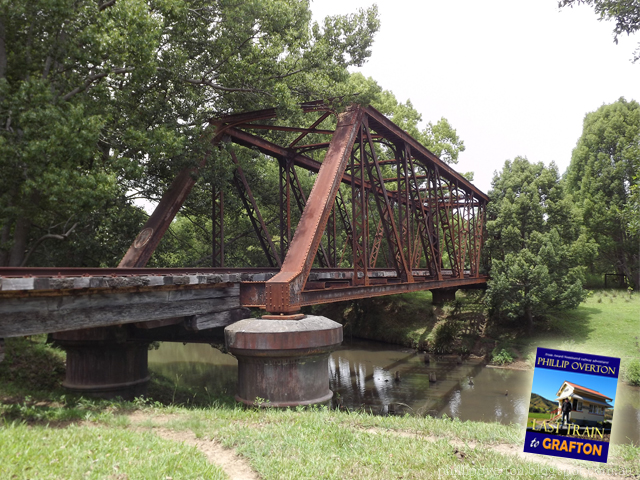Pelaw Main: Richmond Vale Railway Adventure

Setting out from Richmond Main on the Richmond Main Railway Museum's line, the short train ride through the Australian bush in this corner of the Hunter Valley leads you to the peculiar station of Pelaw Main. Once part of the coal empire of J & A Brown, this private coal railway also hauled workers between Pelaw Main Station and the giant Richmond Main Colliery up until 1959.
 |
| Pelaw Main's small station building as photographed in May 2016. |
Pelaw Main at one time was also the main locomotive depot for the Richmond Vale Railway which hauled coal to the docks on the Hunter River at Hexham. There was once a 13 road engine shed at Pelaw Main, and to avoid delaying coal trains on their way to unload at Hexham, a 4.6 km long passenger line was opened between Pelaw Main and Richmond Main Collieries in 1922. Passenger operations ceased in 1959, and Pelaw Main Colliery closed in 1961. The passenger line's rails were later ripped up following the closure of the Richmond Main Colliery in 1967. By 1991 however, the Direct Passenger Line between Richmond Main and Pelaw Main was open once more, this time for use by the Richmond Vale Railway Museum to haul tourists to the ruins at Pelaw Main Colliery.
 |
| The ruins of the former Miner's Bathhouse stand behind Pelaw Main's platform. |
Stepping off the train at Pelaw Main, (sounds a bit like the words to a song), it doesn't take long to look around at the ruins of days long gone. With my poetic endeavours now satisfied, the largest building adjacent to the platform is the former Miner's Bathhouse. Legend has it that mining magnate John Brown provided these facilities for his workers long before regulations were introduced making them legally mandatory. To give you an idea of how big this operation once was, nearby Richmond Main Colliery at its height employed 1200 men and young boys. With no village located nearby, all workers had to make their own way to Richmond Main, or take the train from Pelaw Main.
 |
| There were once 6,000 of these non-air braked coal wagons in use. Photo taken Pelaw Main, May 2016. |
On the grassy slopes leading up from the platform is a collection of former mining and railway equipment now restored and on display. The non-air braked coal wagon's design dates back to 1863, when the hopper bin was made to be removable so that cranes didn't have to lift the entire weight of the wagon before opening the bottom door over the ship's hold. They remained in operation on the Richmond Vale Railway right up until the final closure of the railway in September 1987. Talk about a long career! The large letters painted on the side of each wagon were used to identify which colliery the coal had originated from, in the case of the 'B' above, this wagon belonged to J & A Brown.
 |
| This former Guard's Van is standing in the excavated ruins of the Pelaw Main Loco Shed. May 2016. |
Also in the grassy parkland surrounding Pelaw Main Station are the ruins of the former Pelaw Main Loco Sheds. The Guard's Van shown in the above photo is actually sitting in one of the more recently excavated engine docks. Just in front of this static display can be seen the locomotive pits that provided access underneath each locomotive for servicing. The former brick and corrugated iron Loco Sheds were demolished in the early 1980's.
 |
| Pelaw Main Station in May 2016, with a return service to Richmond Main being prepared. |

Available now through my Books page
See also; Richmond Main: Richmond Vale Railway Museum


Comments